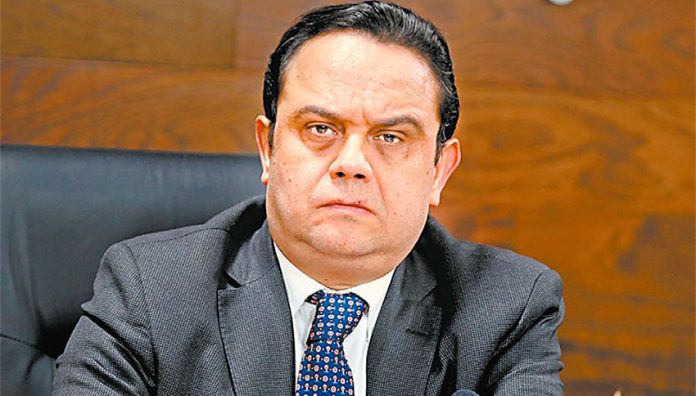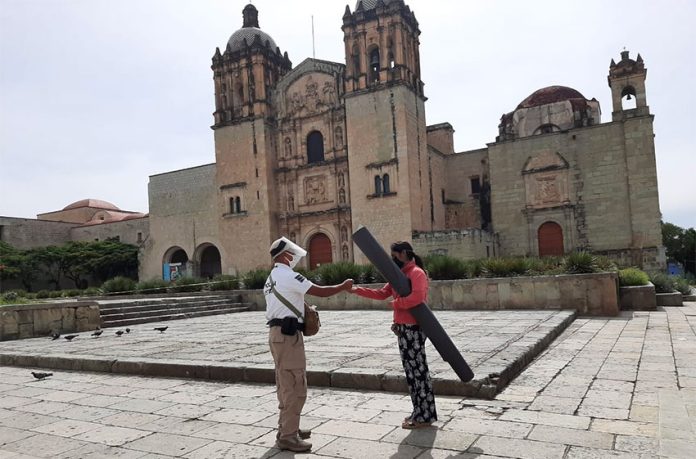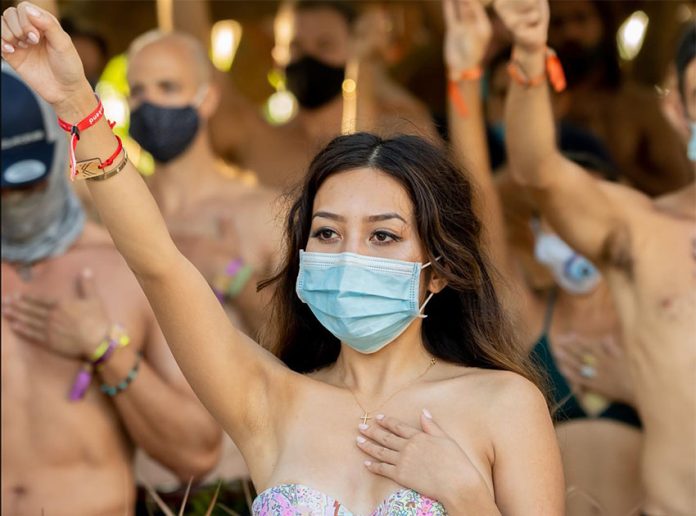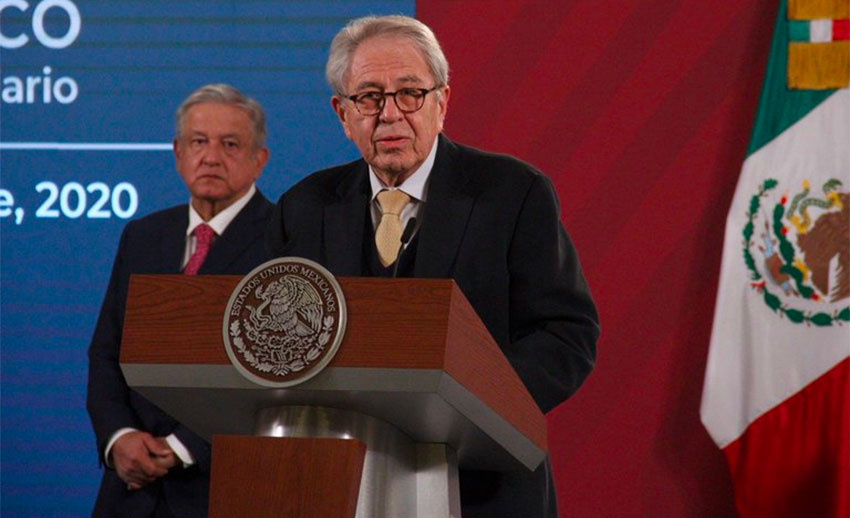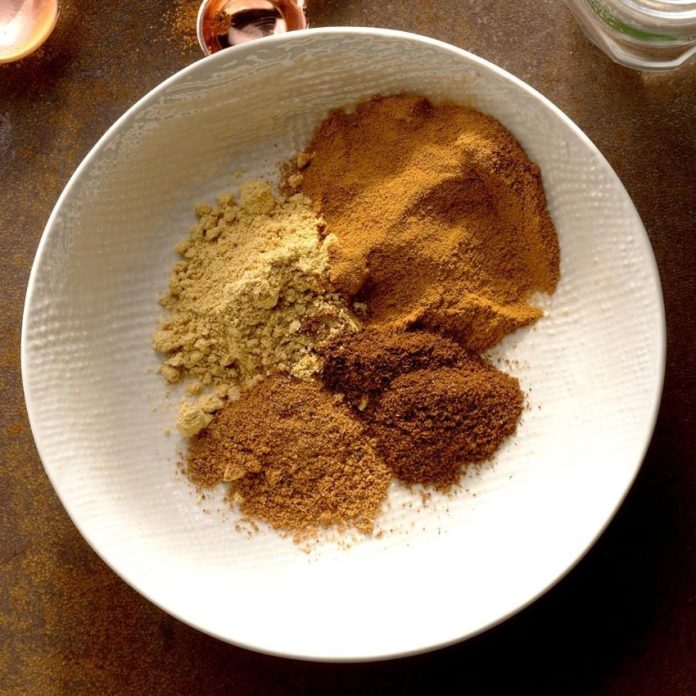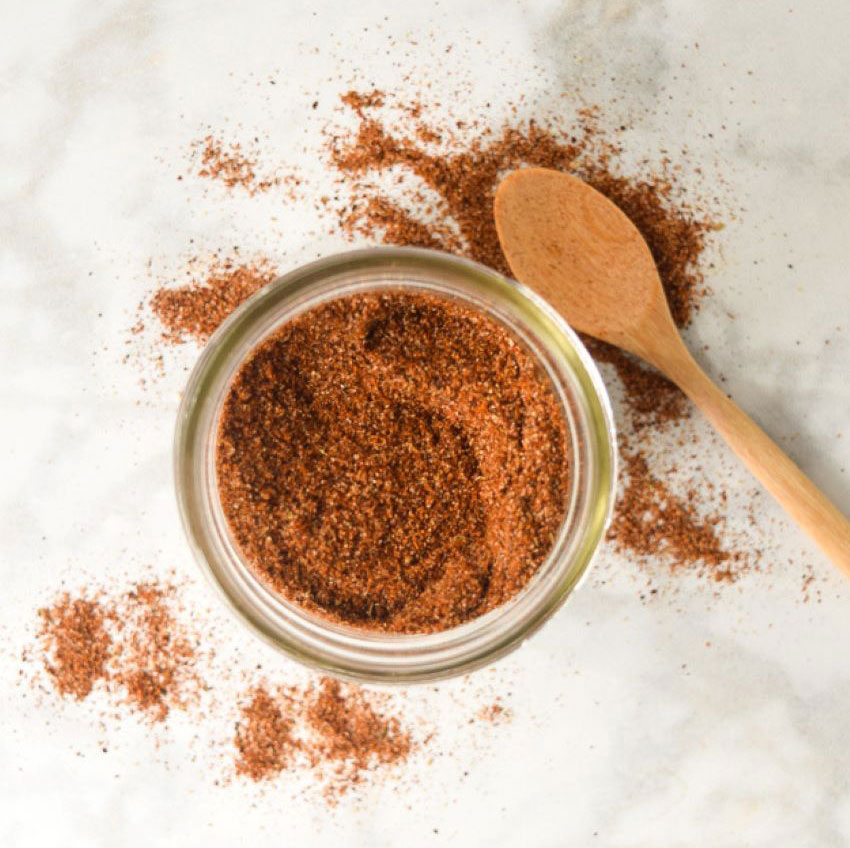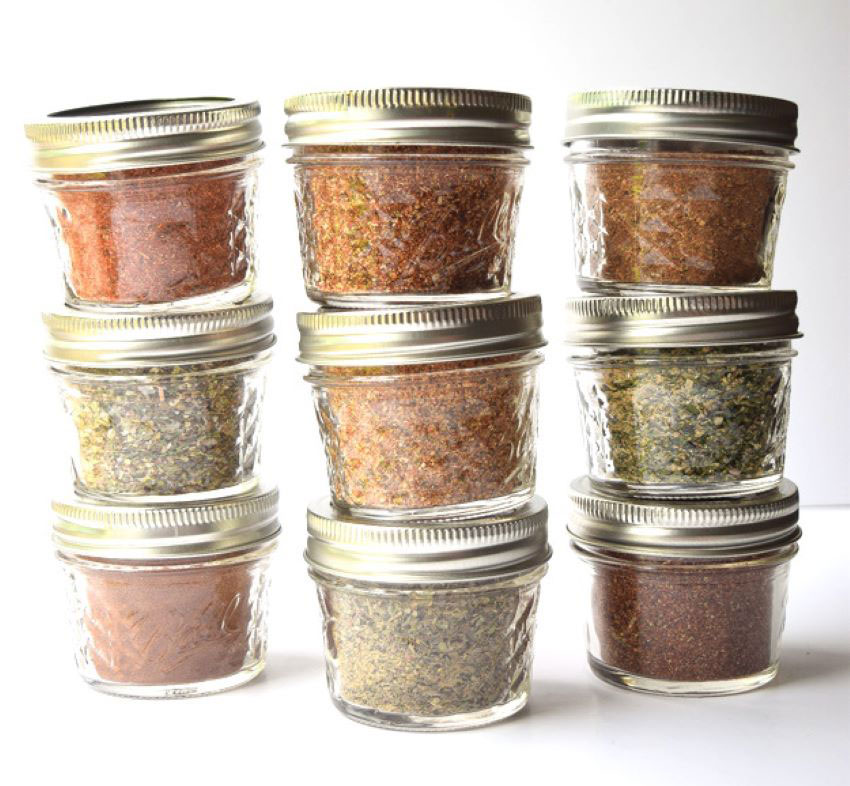A four-day festival held in Tulum, Quintana Roo, last month has been blamed for spreading the coronavirus after many attendees, including foreign tourists, fell ill.
The third edition of the Art With Me festival, which describes itself as “a community-driven festival that combines art, music, workshops, wellness and cultural experiences,” was held in the Caribbean coast resort town from November 11 to 15.
A report by the news website The Daily Beast said Art With Me is akin to “Burning Man on the beach,” referring to the annual event that draws tens of thousands of people to the desert of northwestern Nevada for a multi-day festival.
There are “towering art installations, group meditations, and a whole lot of partying,” the report said.
This year’s Art With Me event, which transformed into an electronic music festival at night, went ahead despite the coronavirus pandemic, which as of Monday had claimed the lives of more than 110,000 people in Mexico including almost 2,000 in Quintana Roo.
The festival website contains a list of recommendations to prevent the spread of the coronavirus but numerous attendees including guests and performers told The Daily Beast that almost no one wore a mask and there was little social distancing.
Video footage of nighttime parties at hotels, restaurants and cenotes (natural sinkholes) show hundreds of maskless people dancing in close proximity to each other.
It’s unsurprising therefore that many people are believed to have contracted the virus during the event before falling ill shortly after. Positive cases stemming from the festival have been detected in both Mexico and the United States.
An administrator at the Tulum Hospital told The Daily Beast that “multiple people” with Covid who attended Art With Me have been admitted for treatment. Antonio Romero said the hospital has mainly treated tourists with Covid, saying that it typically receives two to three United States citizens per day as well as larger numbers of patients from South American countries such as Chile and Argentina.
Positive Covid cases that likely stem from Art With Me have also been detected in New York and Miami.
Eleonora Walczak, the founder of a private Covid-19 care and testing company that operates in those two cities, told The Daily Beast that most of the people she tested positive in recent weeks either attended the Tulum festival or had contact with someone who did.
“What I’ve seen in my small cohort are people testing positive after coming back from Mexico – particularly Art With Me in Tulum,” she said.
“I would say that 60-70% of my positives in the last couple weeks in New York City have been a direct result of either people coming back from Art With Me, or who have been directly exposed to someone who attended Art With Me. And I test in Miami as well, and my testers there tell me that a lot of their positives are people coming back from Art With Me.”
Be Svensden, a Danish DJ who performed at the festival, said that he subsequently became ill with Covid and heard of at least 17 other people who fell ill after attending Art With Me parties.
Xwnia Wolf, a Mexican DJ who played two cenote sets, said she hadn’t heard of anyone getting sick after attending her performances but added that she was aware of “so many cases” stemming from another cenote party.
One person who got sick was a woman The Daily Beast referred to by the alias of Michelle. She said she became so ill with Covid that she couldn’t get out of bed.
“I have nothing good to say about this event,” she said.
“They served food too — all open barbecue finger food. Everyone was grabbing with their hands,” Michelle said. “All I will say is that there was not one mask and I got more sick than I ever did in my entire life after that party.”
International visitors to Tulum, which has become a very popular destination for U.S. tourists in recent years, commonly flout health guidelines including the use of face masks even though they were made mandatory by the Quintana Roo governor early in the pandemic.
Svensden, the Danish DJ, said that plenty of carefree partying is happening in Tulum outside last month’s festival – despite a ban on large gatherings of people.
Therefore it doesn’t make sense to single out small Art With Me gatherings as superspreader events “while a whole town full of people was, and still is, partying without masks and clearly not worrying or being careful in the slightest,” he said. “Art With Me and Tulum in general should be the story.”
A representative of a digital marketing company that promotes events in Tulum told The Daily Beast that “people just ignore the fact that there is a virus around.”
“[They] wear masks just because they have to in certain places like the supermarket, and live their lives as always. This happens just in Tulum – the rest of the country seems to be taking it a little more serious. I prefer Tulum’s way.”
Source: The Daily Beast (en)

